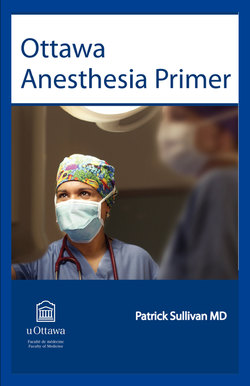Читать книгу Ottawa Anesthesia Primer - Patrick Sullivan - Страница 61
На сайте Литреса книга снята с продажи.
Chapter 6 Intubation and Anatomy of the Airway
ОглавлениеPatrick Sullivan MD, Ashleigh Farrell MD
Learning Objectives
1 To identify indicators that would predict difficulty with bag-mask ventilation (BMV).
2 To identify indicators that would lead to difficult direct laryngoscopy.
3 To describe practical clinical maneuvers to resolve an upper airway obstruction in a patient whose trachea is not intubated.
Key Points
1 The patient’s medical history and clinical exam can help predict difficult bag-mask ventilation as well as difficult tracheal intubation.
2 Bag-mask ventilation and tracheal intubation will be difficult in a small percentage of patients. These patients require special planning.
3 Insertion of an extraglottic airway, such as a laryngeal mask airway device (e.g., LMA™) may be life saving in the “cannot intubate, cannot ventilate” scenario.
4 There are two immediate clinical tools to confirm tracheal intubation: end-tidal carbon dioxide (ETCO 2 ) measurement and visualization of the endotracheal tube (ETT) passing through the glottis.
5 Clinical experience is correlated directly with successful intubation at first attempt. Enlist expert assistance for anticipated difficult intubations.
6 Always have a backup airway plan.
Overview:
Over 25% of anesthetic-related morbidity and mortality arises from complications related to inadequate ventilation resulting from either difficult BMV or difficult tracheal intubation. The goal of the airway assessment is to identify potential problems with the provision, maintenance, and protection of a patent airway and the supply of adequate ventilation following tracheal intubation. Patient assessment requires a specific history and a directed physical examination (see below).
